Resin is loved for its crystal clear finish, but one of the biggest frustrations artists and makers face is when it slowly turns yellow.
This discoloration can affect everything from jewelry and artwork to river tables, leaving projects looking aged or dull.
The good news is that while resin yellowing is natural, there are ways to delay it and keep your creations looking beautiful for longer.
Read on to learn why resin turns yellow, how to prevent it, and what to do if it happens.
What Is Resin Yellowing?
Resin yellowing is the process where clear resin slowly changes from transparent to a yellow or amber color. This can happen during storage, while curing, or months after your project is finished.
It does not mean your resin is ruined, but it can affect the look of your artwork, jewelry, or tables. Understanding what causes it is the first step to preventing it.
Why Does Resin Turn Yellow?
If your resin has changed color, do not panic. There are several reasons behind resin yellowing, and knowing them helps you avoid mistakes.
UV Exposure and Sunlight
Direct sunlight is the biggest cause of resin yellowing. UV rays break down the chemical bonds in resin, making it turn yellow faster.
Heat and High Temperatures
Heat during curing or storage can speed up discoloration. Even leaving resin in a hot room or car can make it yellow.
Oxidation and Air Exposure
When resin sits in its bottle or in a project, oxygen in the air reacts with it. This slow process causes yellowing over time.
Mixing Mistakes
Adding too much or too little hardener can cause uneven curing and color changes. Always measure carefully to avoid problems.
Pigments and Additives
Too much pigment or the wrong type of colorant can cause resin to look cloudy or yellow. Even dust or dirt can affect clarity.
You Also May Shop
📌 Curious about other common issues besides resin yellowing? Check out this helpful guide: Epoxy Resin Problems.
Does All Resin Yellow Eventually?
The short answer is yes, all resins will yellow at some point. But the speed depends on the type of resin, its quality, and how it is cared for.
Higher grade resins with UV stabilizers take much longer to yellow, while cheaper craft resins may discolor in just weeks.
How Long Does It Take for Resin to Turn Yellow?

Resin yellowing does not happen overnight. For some projects, it may take months or even years before you notice changes.
Factors like sunlight, heat, and storage conditions play a big role. A resin table near a window will yellow much faster than a pendant kept in a drawer.
Can You Still Use Yellowed Resin?
Yes, you can still use yellowed resin in many cases. It is often safe to work with, but it may not look good for clear or light colored projects.
Instead, use it for darker pours, tinted pieces, or projects where the yellow will not show. This way, you do not waste your materials.
Can Resin Yellowing Be Fixed or Reversed?
Unfortunately, resin yellowing is permanent. Once the chemical change happens, you cannot make it clear again.
What you can do is disguise it. Try adding pigments, glitter, or opaque colors, or sand the surface and recoat with fresh resin.
How to Stop Resin from Turning Yellow
You cannot stop resin yellowing forever, but you can slow it down. A few simple habits make a big difference.
✅ Choose Quality Resin
Look for resins labeled UV resistant or non yellowing. They last longer before discoloring.
📌 If you want to know which ones perform best, browse this full guide: Best UV Resistant Epoxy Resin.
✅ Store Resin Correctly
Keep resin bottles in a cool, dark place with lids tightly sealed. This slows oxidation and prevents heat damage.
📌 For more tips, check out: Storing Epoxy Resin.
✅ Use UV Protection
Add UV stabilizers, sprays, or topcoats to your finished projects. This helps block sunlight.
✅ Mix Properly
Follow the instructions carefully for resin to hardener ratios. Precise mixing reduces the risk of yellowing.
You May Also Shop
What Resin Will Not Turn Yellow?
No resin is 100% immune, but some types resist yellowing much better. Epoxy resins with UV stabilizers, polyurethane, and certain UV resins last longer.
📌 Want to find the best options available? Read: Best Epoxy Resin and Best Clear Epoxy Resin.
Common Resin Mistakes That Cause Yellowing

Even small mistakes can make resin yellow faster. Here is what to avoid.
-
✅ Using Old or Expired Resin
Resin has a shelf life. If it is thick, clumpy, or smells off, it may have gone bad and will yellow quickly. -
✅ Mixing Too Aggressively
Stirring too hard introduces bubbles, which oxidize faster and may cause discoloration. -
✅ Adding Too Much Pigment
Overloading resin with pigment can affect curing and lead to uneven colors or yellowing.
Resin Yellowing in Art, Jewelry, and DIY Projects
Resin yellowing looks different depending on the type of project. A clear jewelry pendant may look amber, while a river table may develop a warm tint.
The best way to protect your work is by choosing the right resin, storing it well, and keeping finished pieces away from heat and sunlight.
Conclusion
Resin yellowing is unavoidable, but with the right steps you can slow it down and protect the beauty of your projects.
Choosing UV resistant resin, storing it properly, and avoiding common mistakes make a big difference.
With prevention in mind, your artwork, jewelry, and tables can stay clear and vibrant for years. Explore more guides and tools at Resiners to keep your resin creations looking their best.
Frequently Asked Questions About Resin Yellowing
Can you still use epoxy resin if it turns yellow?
Yes, you can still use epoxy resin even if it has turned yellow. The change is mostly cosmetic and does not affect the strength or safety of the resin. It is best to use yellowed epoxy for darker or tinted projects where the color will not show.
Why did my epoxy resin turn yellow over time?
Epoxy resin turns yellow due to UV light, heat, or oxidation. These natural processes break down the resin’s chemical bonds over time. Even proper storage only slows the process, it cannot stop it completely.
Why is my clear resin going yellow?
Your clear resin may be going yellow because of sunlight exposure, high temperatures, or age. Even small mistakes like incorrect mixing ratios or adding too much pigment can speed it up. With the right care, you can delay yellowing, but you cannot prevent it forever.
How to tell if epoxy resin has gone bad?
You can tell epoxy resin has gone bad if it becomes thick, clumpy, or cloudy inside the container. A strong or unusual odor is another sign it is no longer usable. Using expired resin often leads to poor curing and faster yellowing in projects.

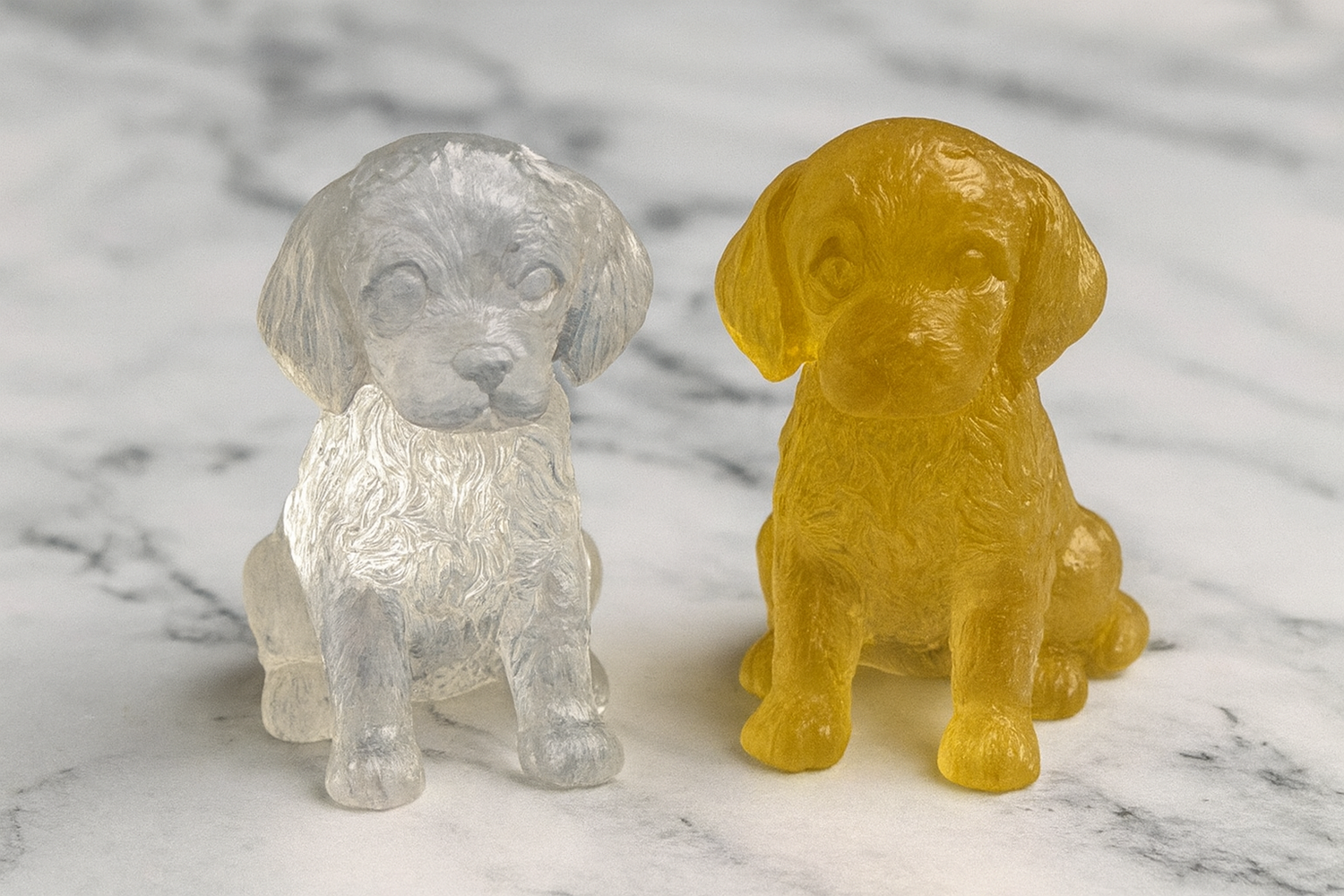
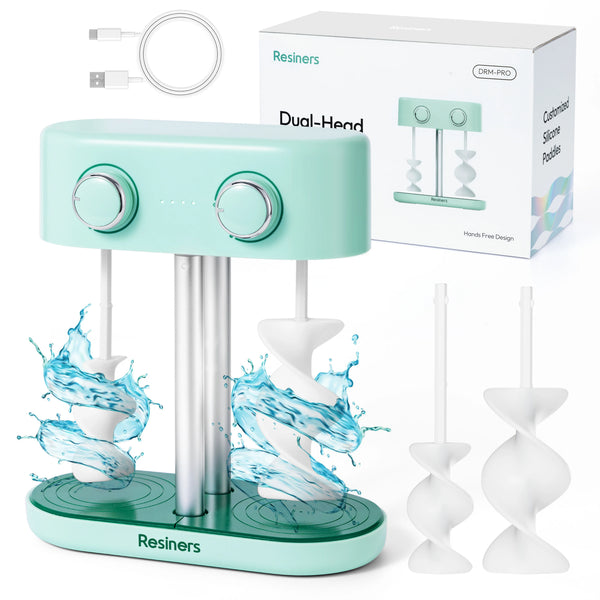
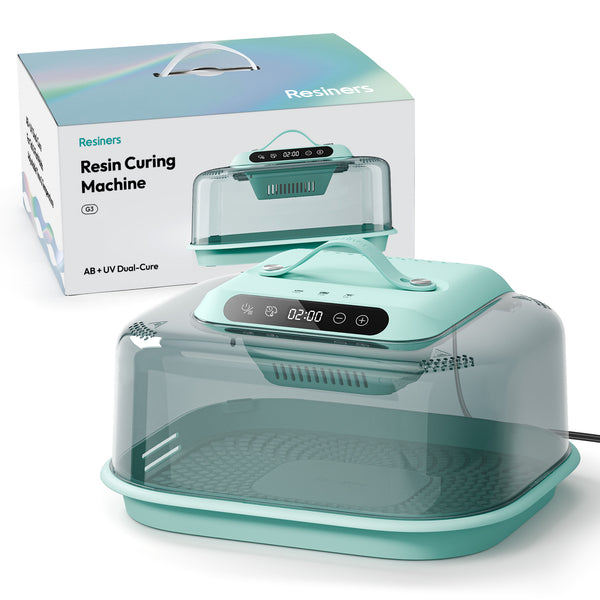
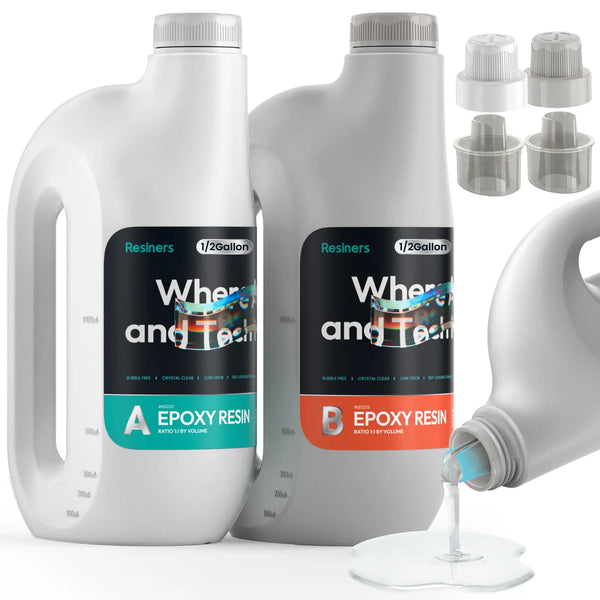
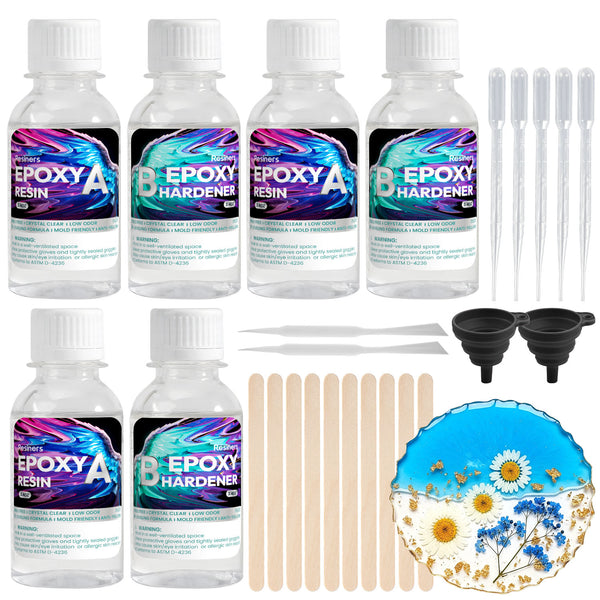
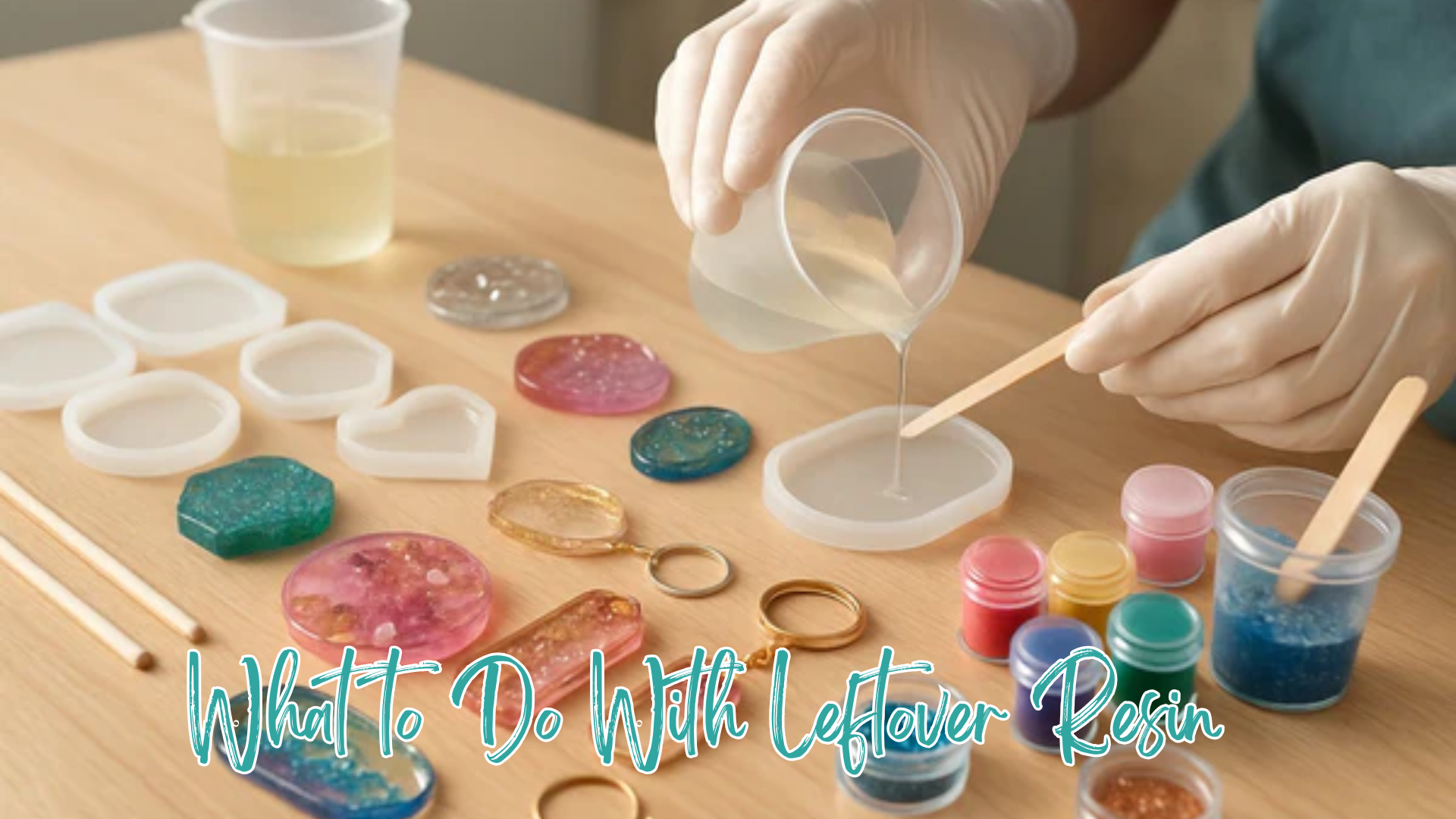
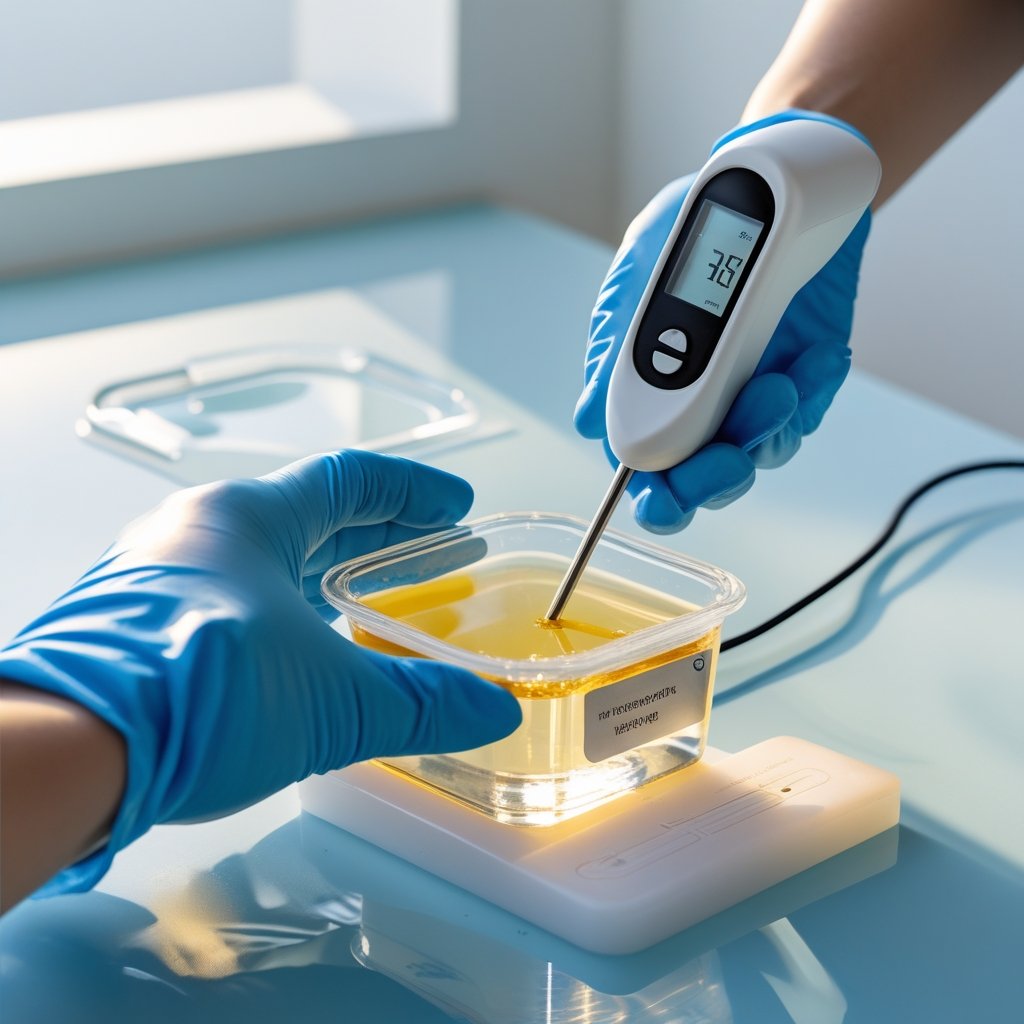
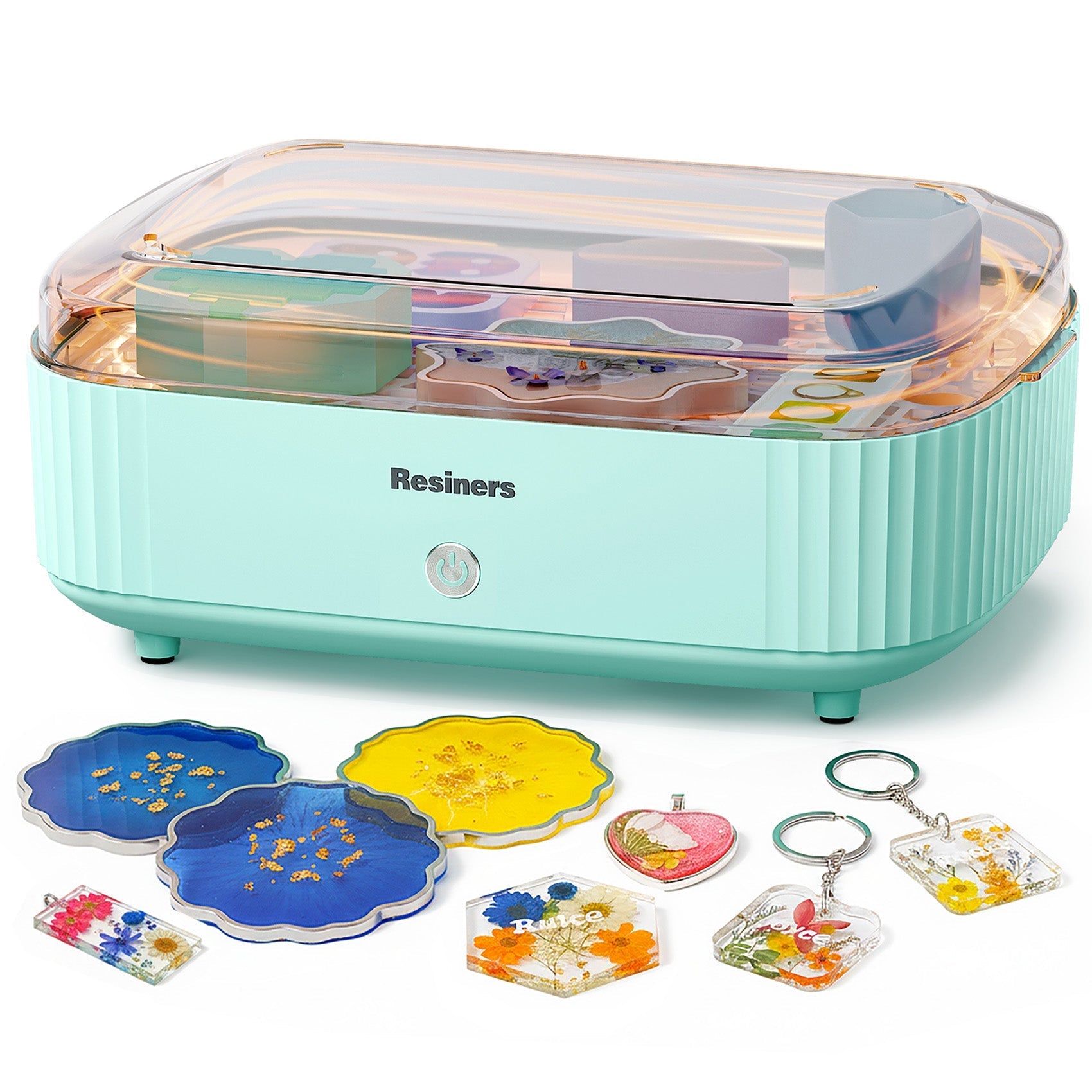
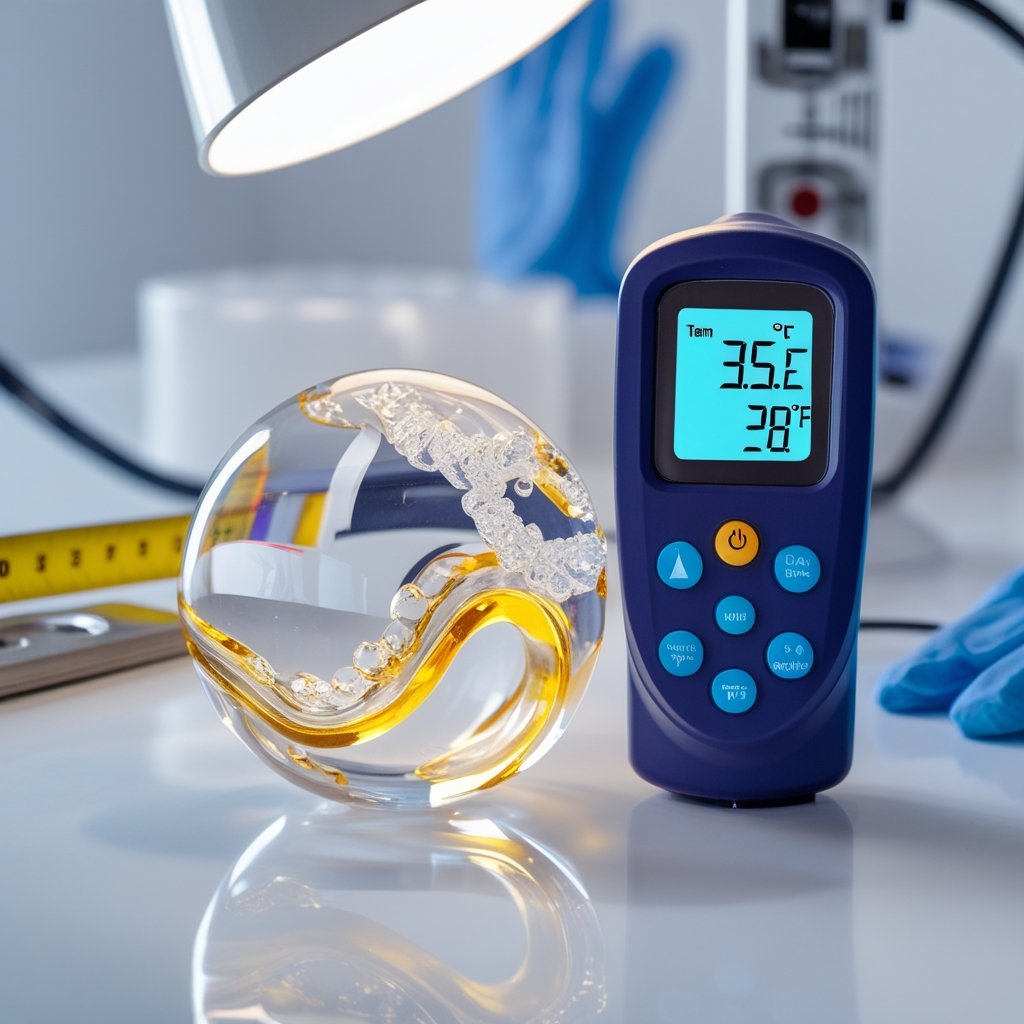

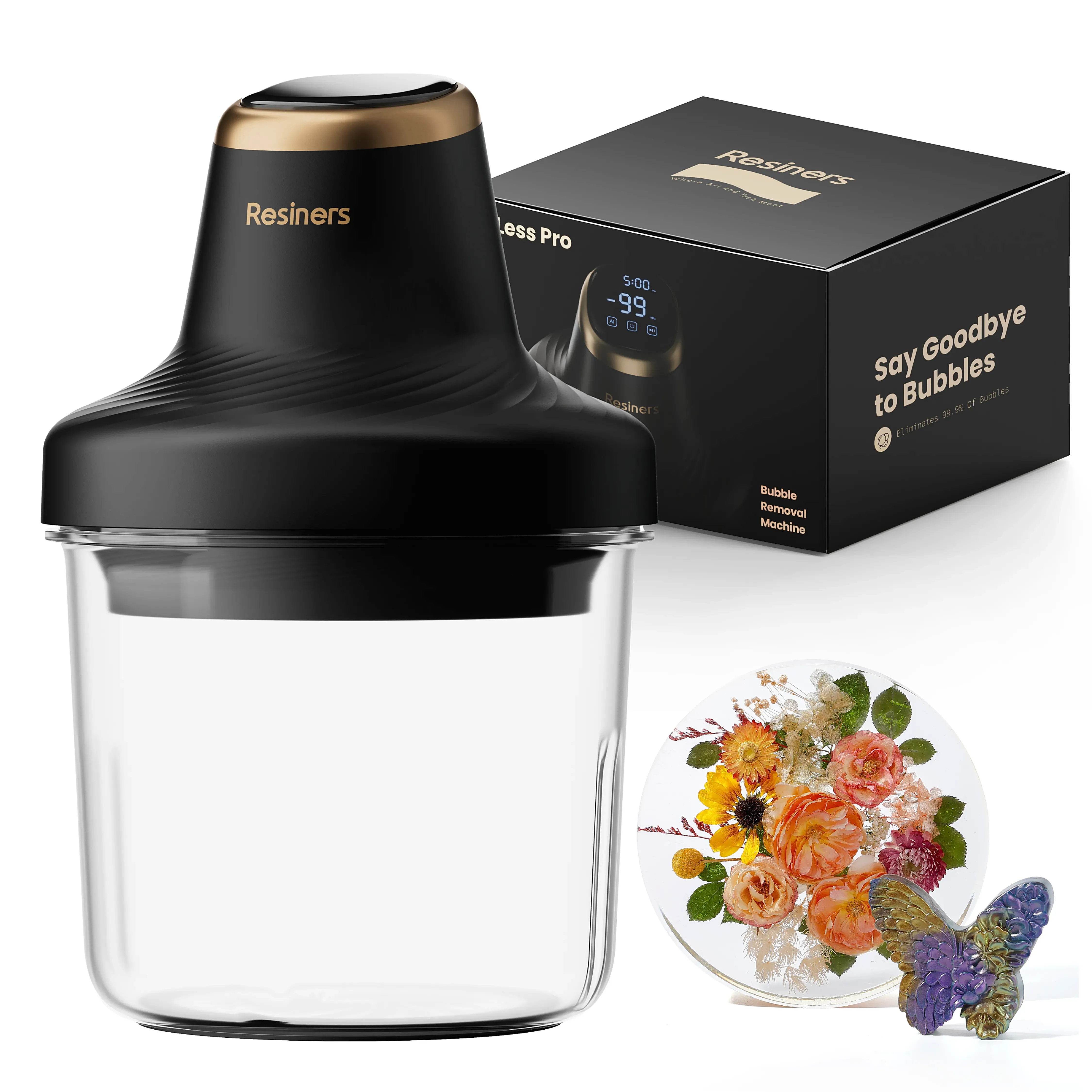
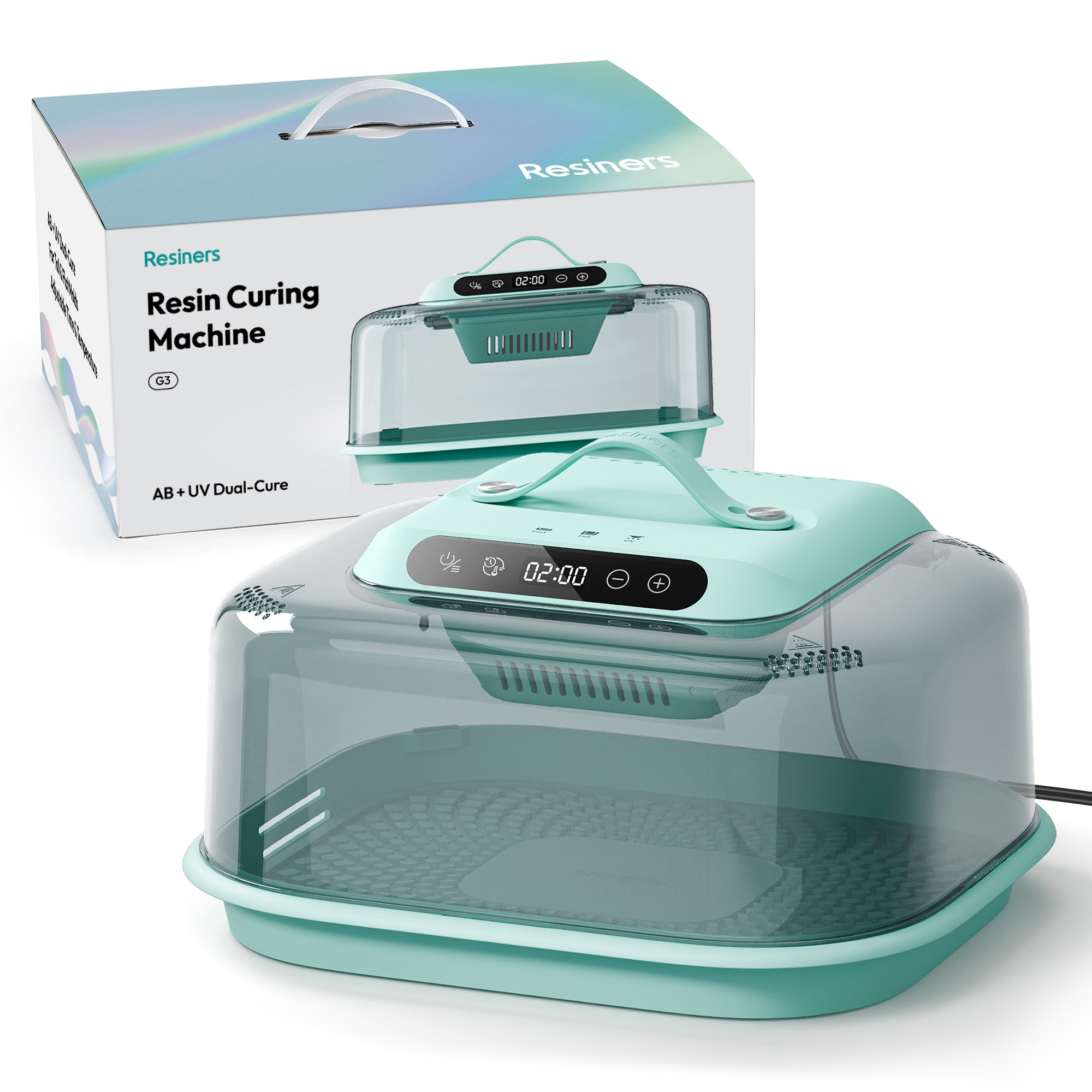
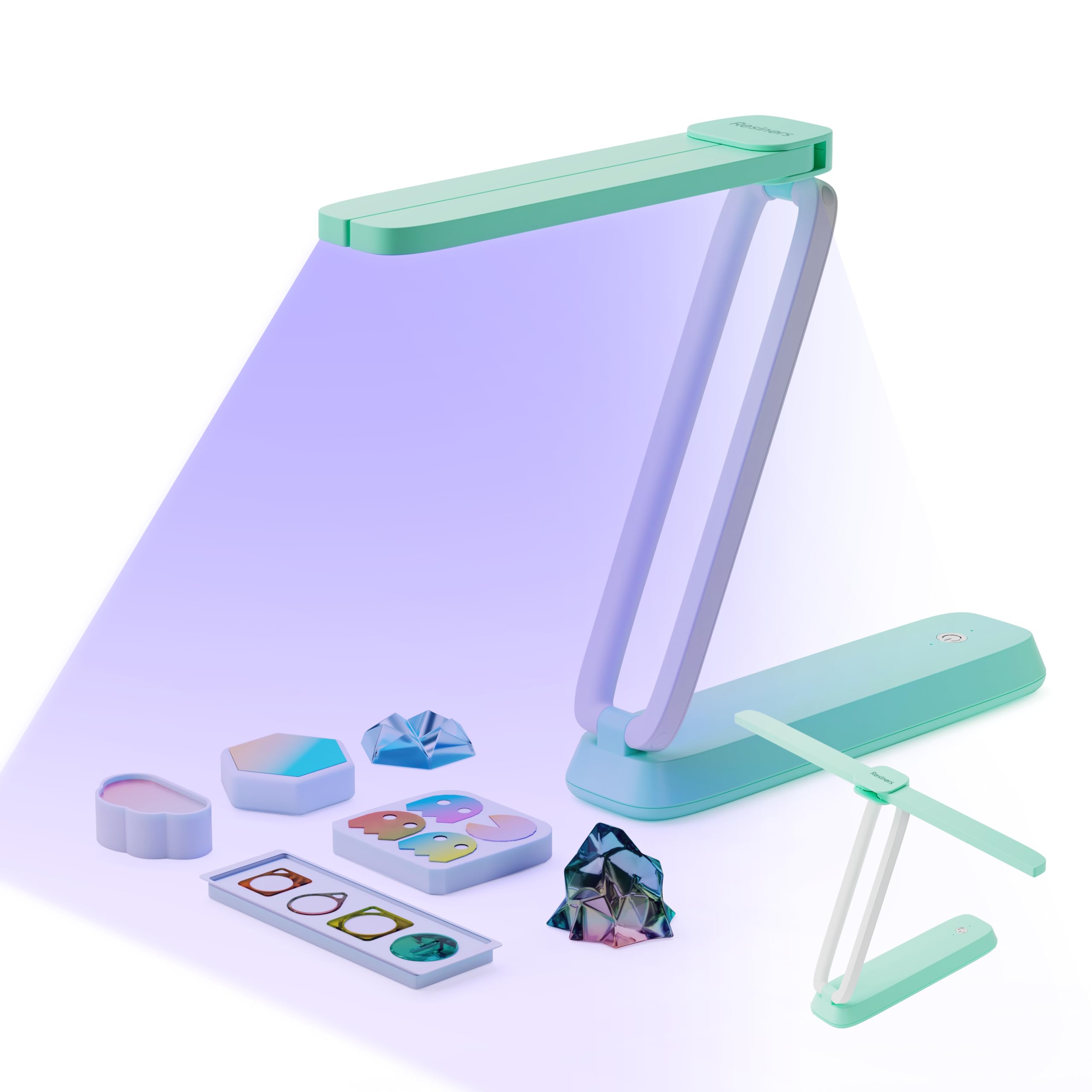
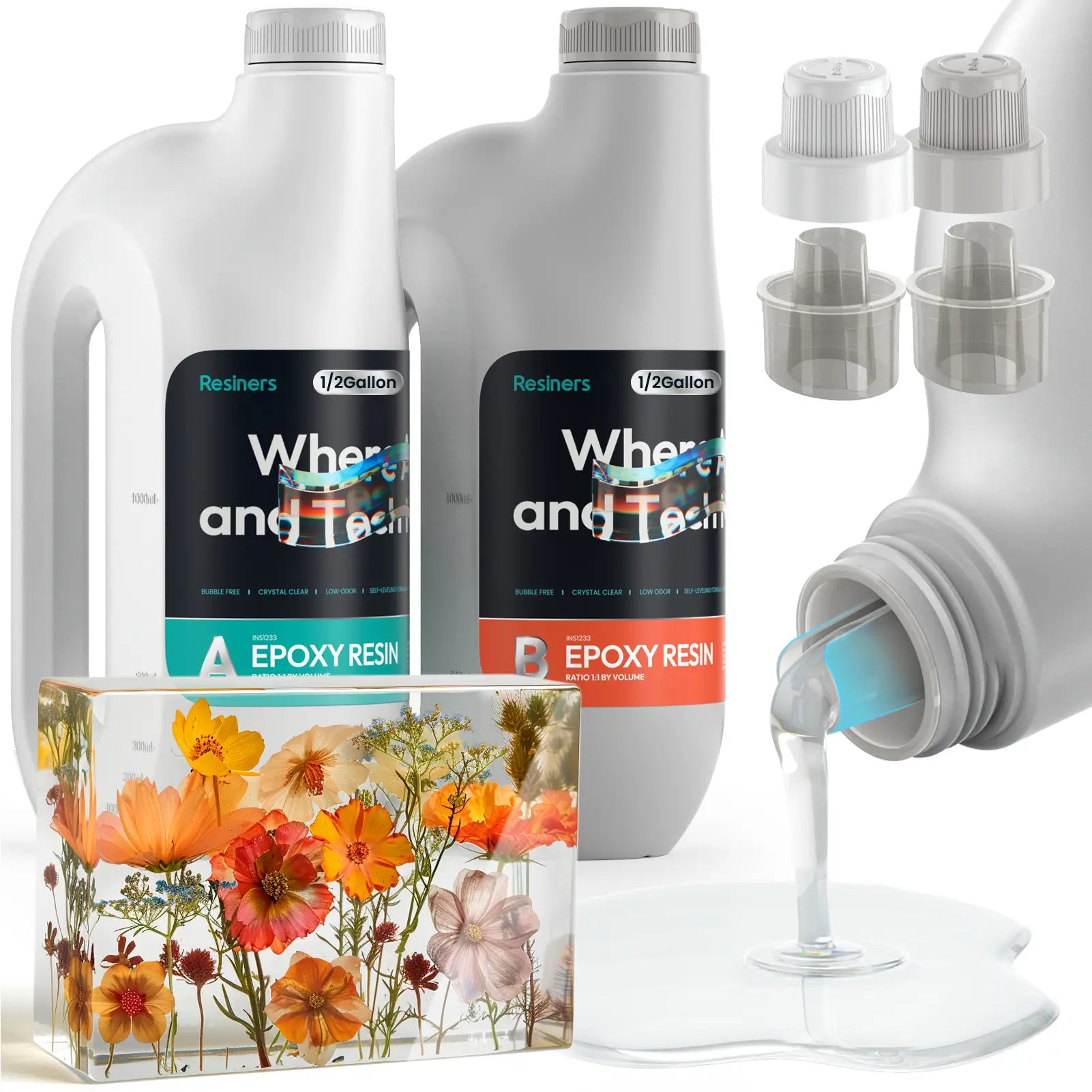
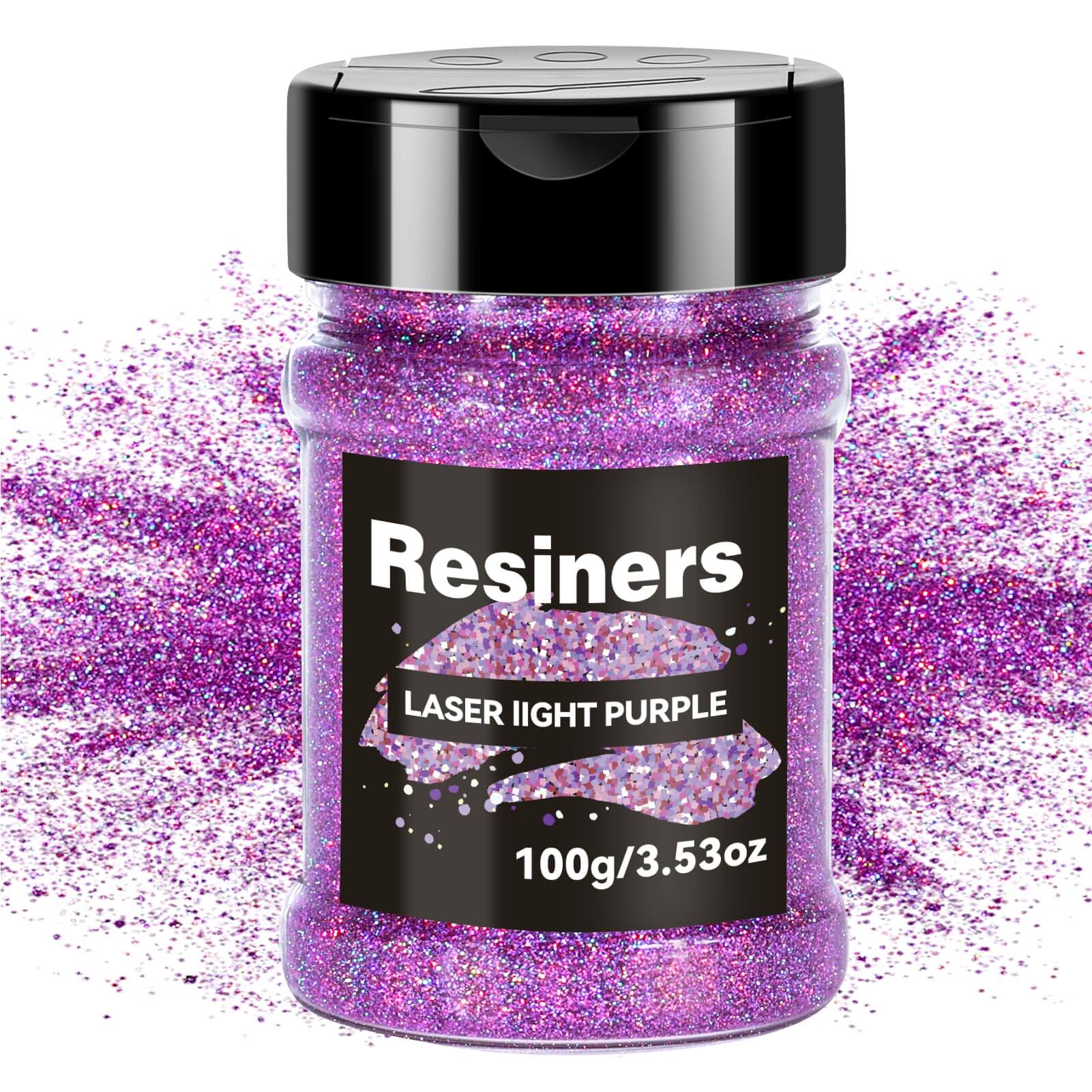
Hinterlasse einen Kommentar
Diese Website ist durch hCaptcha geschützt und es gelten die allgemeinen Geschäftsbedingungen und Datenschutzbestimmungen von hCaptcha.